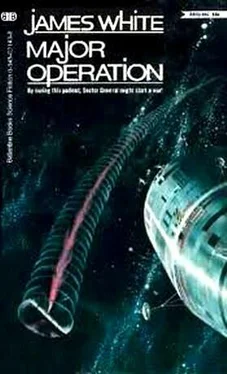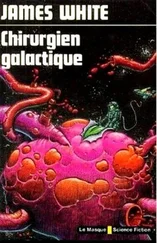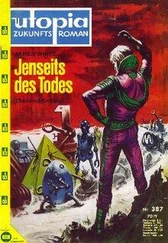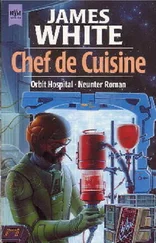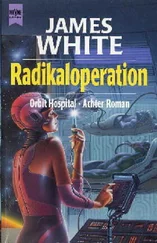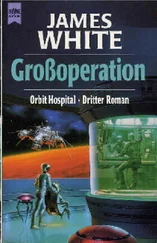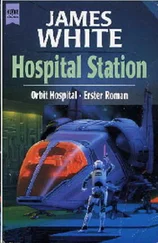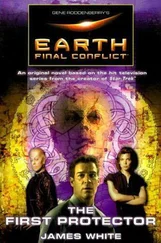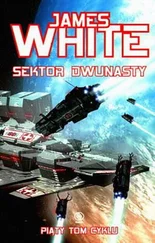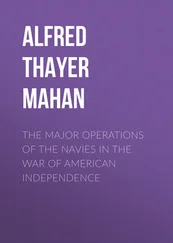“I probably couldn’t disconnect it without inadvertently setting it off and burning myself to a crisp,” Harrison replied slowly, “but I know enough to be able to set up a relay which … Yes, we could ignite it from this control room.”
“Go to it, Lieutenant,” said Conway, and returned to the image of Skempton. “I take it, sir, that you have no objection to taking the vessel aboard after its retro pack has been fired? Or to furnishing the special equipment I will need in the cargo lock and ward?”
“The maintenance officer on that level has orders to cooperate,” said Skempton. “Good luck, Doctor. Off.”
While Harrison set up his relay, Prilicla kept an emotional eye on the patient while Mannon and himself worked out the being’s approximate size and weight based on the brief look Conway had had of the astronaut and on the dimensions of its ship. This information would be needed quickly if the special transporter and the rotating operating theater were to be ready in time.
“I’m still here, Doctor,” said O’Mara sharply, “and I have a question. Your idea that the being needs gravity, either normal or artificial, to live I can understand, but strapping it onto an elaborate merry go-round …
“Not a merry-go-round, sir,” said Conway. “It will be mounted vertically, like a ferris wheel.”
O’Mara breathed heavily through his nose. “I suppose you are quite sure that you know what you’re doing, Doctor?”
“Well …” began Conway.
“Ask a stupid question,” said the psychologist, and broke the connection.
It took longer than the Lieutenant had estimated to set up his relay — everything took longer than estimated on this assignment! — and Prilicla reported that the patient’s condition was rapidly worsening. But at last the spacecraft’s retros flared out for the number of seconds necessary to have brought it out of its original orbit and the ambulance ship kept pace with it, spinning it with opposing tractors as soon as thrust disappeared so that the occupant would still have the gravity it needed. There were complications even so. Immediately the retros cut out, panels opened in the nose cone and the landing parachute tumbled out and within seconds the spinning ship had wound the parachute untidily around itself.
The short period of thrust had added to the hull damage as well.
“It’s leaking like a sieve!” Conway burst out. “Shoot another magnetic grapple to it. Keep it spinning and get us to Lock Thirty quick! How is the patient?”
“Conscious now,” said Prilicla, trembling. “Just barely conscious and radiating extreme fear …
Still spinning, the vehicle was maneuvered into the enormous mouth of Lock Thirty. Inside the lock chamber the artificial gravity grids under the deck were set at neutral so that the weightless conditions of space were duplicated there. Conway’s feeling of vertigo, which had been with him since he had first seen the ship, was intensified by the sight of the alien vessel whirling ponderously in the enclosed space, flinging out streamers of coldly steaming water as it spun.
Then suddenly the lock’s outer seal clanged shut, the tractors smoothly checked the ship’s spin as, simultaneously, the artificial gravity of the deck was brought up to Meatball normal. Within a few seconds the spacecraft was resting horizontally on the deck.
“How is it?” began Conway anxiously.
Prilicla said, “Fear … no, extreme anxiety. The radiation is quite strong now-otherwise the being seems all right, or at least improved …
The empath gave the impression of not believing its own feelings.
The spacecraft was lifted gently and a long, low trolley mounted on balloon wheels rolled under it. Water began pouring into the lock chamber from the seal which had opened into the adjacent water-filled section. Prilicla ran up the wall and across the ceiling until it was in position a few yards above the nose of the vessel, and Mannon, Harrison and Conway waded, then swam, in the same direction. When they reached it they clustered around the forward section, ignoring the team which was throwing straps around the hull and fastening it to the trolley prior to moving it into the nearby corridor of the water-breathers, while they cut into the thin hull plating and carefully peeled it away.
Conway insisted on extreme care during this operation so as to avoid damaging the life-support machinery.
Gradually the nose section became little more than a skeleton and the astronaut lay revealed, like a leathery, brown caterpillar with its tail in its mouth that was caught on one of the innermost gear wheels of a giant clock. By this time the vessel was completely submerged, oxygen was being released into the water all around it, and Prilicla was reporting the patient’s feelings as being extremely anxious and confused.
“It’s confused …” said a familiar, irascible voice and Conway discovered O’Mara swimming beside him. Colonel Skempton was dogpaddling along on his other side, but silently. The psychologist went on, “This is an important one, Doctor, in case you’ve forgotten-hence our close personal interest. But now why don’t you pull that glorified alarm clock apart and get the patient out of there? You’ve proved your theory that it needed gravity to live, and we’re supplying that now …
“No, sir,” said Conway, “not just yet …
“Obviously the rotation of the being inside the capsule,” Colonel Skempton broke in, “compensates for the ship’s spin, thus allowing the pilot a stationary view of the outside world.”
“I don’t know,” said Conway doggedly. “The ship’s rotation does not quite match that of the astronaut inside it. In my opinion we should wait until we can transfer it quickly to the ferris wheel, which will almost exactly duplicate module conditions. I have an idea-it may be a pretty wild one-that we aren’t out of the woods yet.”
“But transferring the whole ship into the ward when the patient alone could be moved there in a fraction of the time …
“No,” said Conway.
“He’s the Doctor,” said O’Mara, before the argument could develop further, and smoothly directed the Colonel’s attention to the system of paddle-wheels which kept the water-breathing astronaut’s air circulating.
The enormous trolley, its weight supported in the water to a large extent by air-filled balloon tires, was manhandled along the corridor and into the tremendous tank which was one of the combined theater/wards of the hospital’s water-breathing patients. Suddenly there was another complication.
“Doctor! It’s coming out!”
One of the men swarming around the nose section must have accidentally pushed the astronaut’s ejection button, because the narrow hatch had swung open and the system of gears, sprocket wheels and chain drives was sliding into new positions. Something which looked like three five foot diameter tires was rolling toward the opening.
The innermost tire of the three was the astronaut while the two on each side of it had a metallic look and a series of tubes running from them into the central, organic tire-probably food storage tanks, Conway thought. His theory was borne out when the outer sections stopped just inside the hatch and the alien, still trailing one of the feeding tubes, rolled out of its ship. Still turning it began to fall slowly toward the floor eight feet below.
Harrison, who was nearest, tried to break its fall but could only get one hand to it. The being tipped over and hit the floor flat on its side. It bounced slowly just once and came to rest, motionless.
“It is unconscious again, dying! Quickly, friend Conway!”
The normally polite and self-effacing empath had turned the volume of its suit radio to maximum so as to attract attention quickly. Conway acknowledged with a wave-he was already swimming toward the fallen astronaut as fast as he could-and yelled at Harrison, “Get it upright, man! Turn it!”
Читать дальше
